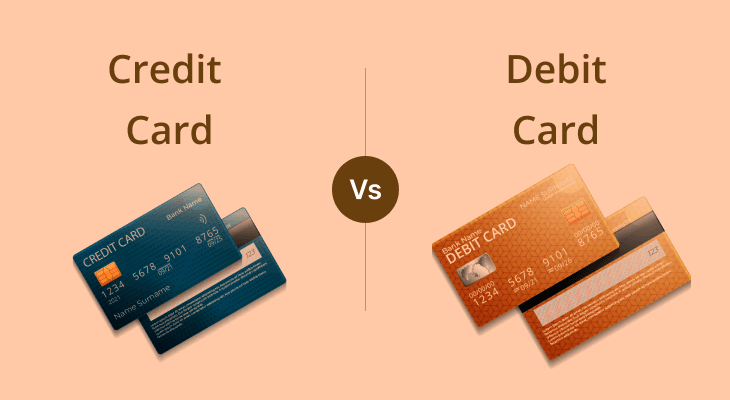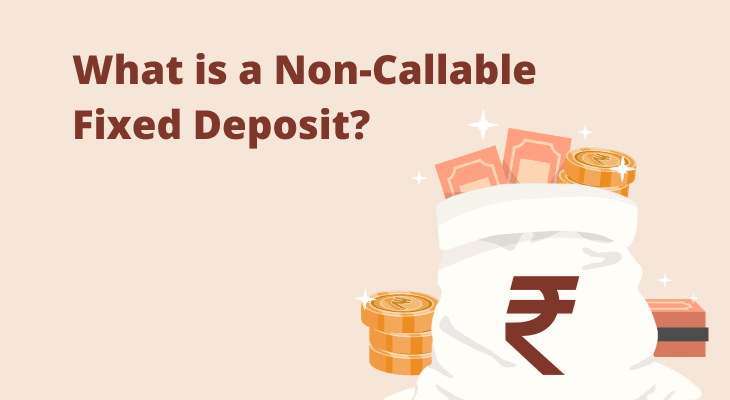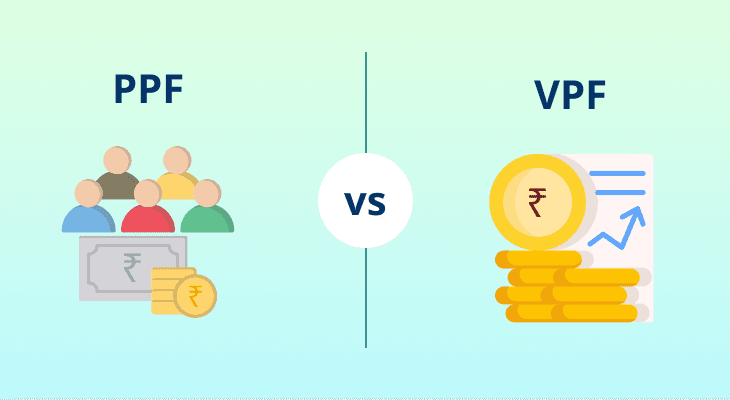
Table of content
- Introduction to Credit Cards and Debit Cards
- How Credit Cards Work
- Smart Credit Card Management Tips
- How Debit Cards Work
- Key Differences Between Credit Cards and Debit Cards
- Pros and Cons of Credit Cards
- Pros and Cons of Debit Cards
- Which Card is Better for Everyday Spending?
- When to Use a Credit Card vs. Debit Card
- Security Features of Credit Cards vs. Debit Cards
Credit Card vs. Debit Card: Understanding the Key Differences
Introduction to Credit Cards and Debit Cards
In today's digital world, plastic money has become an essential part of financial transactions. Whether you’re shopping online, paying bills, or dining out, credit and debit cards offer convenience and security. However, understanding the difference between a credit card and a debit card is crucial to making informed financial decisions. While both facilitate cashless transactions, their workings, benefits, and potential risks differ significantly. Let’s break down the key distinctions to help you choose wisely.
How Credit Cards Work
A credit card allows you to borrow money from a bank or financial institution up to a pre-approved limit. You can make purchases, pay bills, or even withdraw cash, but you must repay the amount later, typically within a billing cycle. If you don’t clear your dues in full, interest charges apply on the remaining balance.
Example:
Imagine you have a credit card with a ₹1,00,000 limit. You make a ₹20,000 purchase. You can either pay the full ₹20,000 by the due date or pay a minimum amount and carry the balance forward, incurring interest.
Features:
- Comes with a credit limit
- Offers rewards, cashback, and discounts
- Enables EMI options for large purchases
- Can help build a credit score with responsible use
- Accepted globally for transactions
Interesting Statistics:
- As of March 2025, the total number of active credit cards in circulation stood at approximately 109 million
- The average spending per credit card saw a slight month-on-month dip of 1%, settling at ₹16,911, though it reflected a modest 1% increase year-on-year.
- The average transaction value per credit card was recorded at ₹4,282, showing a 1% decline from the previous month and a notable 15% decrease year-on-year, highlighting shifting consumer spending patterns amid evolving economic conditions.
- The credit card industry is expected to grow at 25% CAGR over the next few years, driven by rising digital transactions.
(Source: Business Standard)
Smart Credit Card Management Tips
Here are some practical points for you to ponder on when it comes to managing your credit card and queries around it.
1. What is your Financial Discipline?
- Are you a spender or saver?
- Can you track multiple credit card bills?
- Can you resist the temptation to overspend?
2. Align Cards with Your Goals:
- Choose credit cards that match your spending categories (travel, dining, groceries).
- Opt for cards that offer the most valuable rewards for your lifestyle.
3. How to manage Credit Health:
- If you have a good credit score, handling multiple cards is easier.
- Start with one or two cards and build from there.
- Avoid applying for too many cards at once—it can lower your credit score.
4. On evaluating Practicalities:
- Compare rewards with annual fees—are the benefits worth the cost?
- Ensure you’re using the card’s full features.
- Close cards that don’t provide enough value.
5. How Many Cards Should You Have?
- A good rule of thumb is to manage 2–3 credit cards effectively.
- This allows you to balance rewards, spending, and repayment cycles without losing track.
Key Takeaways:
- Pay off your credit card balance on time to avoid interest.
- Monitor your spending through statements and alerts.
- Use debit cards for small or recurring expenses.
- Take advantage of credit card rewards but avoid accumulating debt.
How Debit Cards Work
A debit card is directly linked to your bank account, allowing you to spend only the money you have. When you swipe a debit card, the transaction amount is immediately deducted from your account balance.
Example:
If you have ₹50,000 in your account and make a ₹10,000 purchase, your remaining balance will be ₹40,000. No debt is involved.
Features:
- No borrowing: you spend what you own, your savings in your Bank account
- Offers ATM withdrawals and online payments
- No interest charges
- Usually has fewer rewards compared to credit cards
- Widely accepted across India for day-to-day transactions
Interesting Statistics:
- India has over 90 crore debit cards, significantly outnumbering credit cards.
- More than 72% of transactions in India are made via debit cards, highlighting their dominance in everyday spending.
Key Differences Between Credit Cards and Debit Cards
Feature | Credit Card | Debit Card |
|---|---|---|
Source of Funds | Borrowed from issuer | Directly from bank account |
Credit Score Impact | Can improve or damage credit score | No impact |
Interest Charges | Applies if not paid in full | No interest charges- unless you have an overdraft |
Rewards & Benefits | Higher rewards, cashback, perks | Limited rewards |
Spending limit | Limited by your credit limit set by the card issuer | Limited by the amount of money in your bank account. |
Overspending Risk | High due to credit availability | Low as you spend what you own |
Pros and Cons of Credit Cards
Pros:
✔ Builds credit history and improves credit score ✔ Offers rewards, cashback, and discounts ✔ Provides emergency financial support ✔ Comes with additional benefits like travel insurance ✔ Can be used for international transactions without hassle
Cons:
- High interest rates on outstanding balances
- Potential for overspending and debt accumulation
- Late payment fees and penalties
Pros and Cons of Debit Cards
Pros:
✔ No risk of debt or overspending ✔ No interest charges ✔ Easy to manage finances with real-time deductions ✔ Suitable for everyday transactions ✔ No annual fees in most cases
Cons:
- No credit-building benefits
- Fewer rewards and cashback offers
- Limited fraud protection compared to credit cards
Which Card is Better for Everyday Spending?
- For responsible spenders: Credit cards can be advantageous due to rewards, cashback, and credit-building benefits.
- For budget-conscious users: Debit cards help control spending and avoid debt.
- For large purchases: Credit cards may be better due to EMI options and higher purchase protection.
- For students or first-time earners: Debit cards are a safer option to avoid debt traps.
When to Use a Credit Card vs. Debit Card
Use a Credit Card When:
- Booking flight tickets or hotel stays for better protection
- Making online purchases for chargeback options
- Availing EMI options for big-ticket items like electronics
- Earning cashback and reward points
- Traveling abroad, as they provide better currency conversion rates
- In case of an emergency, where a big sum is involved- hospitalisation, sudden big ticket amount purchases etc
Use a Debit Card When:
- Managing day-to-day expenses to avoid overspending
- Withdrawing cash from ATMs
- Shopping at local stores that may not accept credit cards
- Ensuring transactions stay within your available balance
Security Features of Credit Cards vs. Debit Cards
Security Feature | Credit Card | Debit Card |
|---|---|---|
Fraud Protection | Higher (Chargeback, Zero Liability) | Lower (Limited refund options) |
OTP Authentication | Yes | Yes |
CVV Verification | Yes | Yes |
Transaction Alerts | Yes | Yes |
Points to Remember:
- Always check your statements for unauthorized transactions.
- Avoid using credit cards if you struggle with budgeting.
- Use debit cards for small, frequent purchases.
- Pay credit card bills on time to avoid interest.
- Activate SMS/email alerts to track transactions.
Thus, choosing between a credit card and a debit card depends on your financial habits, spending needs, and money management skills. If used wisely, credit cards can offer rewards and financial flexibility, while debit cards ensure disciplined spending and no debt risk. Assess your needs and use them strategically to maximize benefits while staying financially secure.
Final pro tip- If you are new to credit cards, opt for a low-limit card to build your credit history responsibly. If you want hassle-free transactions without the risk of debt, stick to a debit card.


